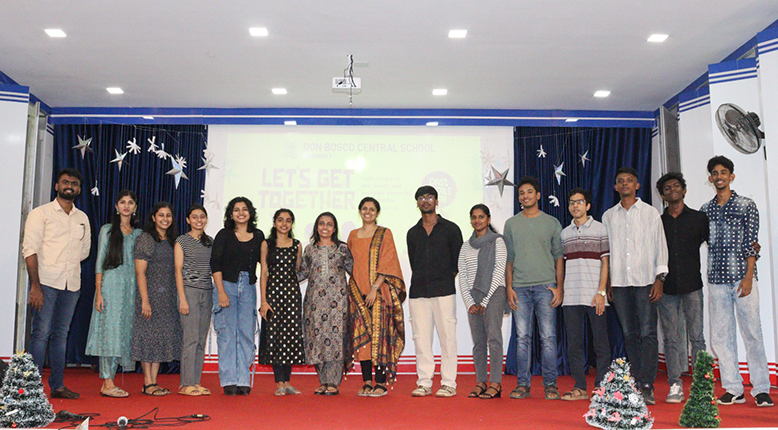Digital Classrooms
Audio-visual aids have become an integral part of modern education, enhancing the learning experience for students of all ages. In this digital era, the use of technology has revolutionized the traditional classroom environment with the introduction of digital aids. These digital aids, now found in classrooms worldwide, have expanded the scope of visual learning and have proven to be highly effective in complementing academic lessons.
Gone are the days when educators solely relied on textbooks and chalkboards to convey information to students. Today, with the aid of technology, teachers can bring subjects to life through the use of visual and auditory elements. Digital aids encompass a wide range of tools such as projectors, interactive whiteboards, videos, animations, and various multimedia resources that engage students and make learning more interactive and immersive.
One of the key advantages of digital aids is their ability to cater to different learning styles. Visual learners, for instance, grasp information more effectively when it is presented through images, videos, or graphical representations. By incorporating digital aids in the classroom, educators can present information in a visually appealing manner, catering to the needs of visual learners in the process.
Furthermore, digital aids offer a dynamic and interactive approach to learning. Instead of passively listening and reading, students can actively engage with the content through interactive whiteboards and digital simulations, helping them to develop a deeper understanding of the subject matter. For instance, in a classroom studying the solar system, instead of relying solely on textbooks, students can explore and interact with 3D models of planets, watch videos about space exploration, or even participate in virtual simulations to learn about the galaxy.
Additionally, the use of digital aids encourages collaboration and peer learning. With interactive features and group activities facilitated by technology, students can work together and brainstorm ideas, fostering a more engaging and cooperative learning environment. This allows students to develop a range of important skills, including communication, critical thinking, and problem-solving.
Moreover, digital aids offer flexibility in terms of accessing information. With the vast number of online resources available, students and educators have access to up-to-date information, videos, and interactive tools at their fingertips. This enables teachers to supplement their lessons with real-world examples and current events, making the learning experience more relevant and engaging for students.
However, it is important to note that while digital aids provide numerous advantages, they should not completely replace traditional teaching methods. They should be seen as complementary tools that enhance traditional instruction rather than a substitute for the teacher's role. Educators must strike a balance between utilizing digital aids and incorporating other teaching methods to cater to the diverse needs of their students.
In conclusion, the integration of digital aids in the classroom has significantly expanded the possibilities of visual learning, transforming the traditional teaching environment. With their ability to cater to different learning styles, encourage active participation, foster collaboration, and provide up-to-date information, digital aids have become invaluable tools in education. As technology continues to advance, educators must embrace these aids and leverage their benefits to create a more engaging and effective learning experience for all students.









